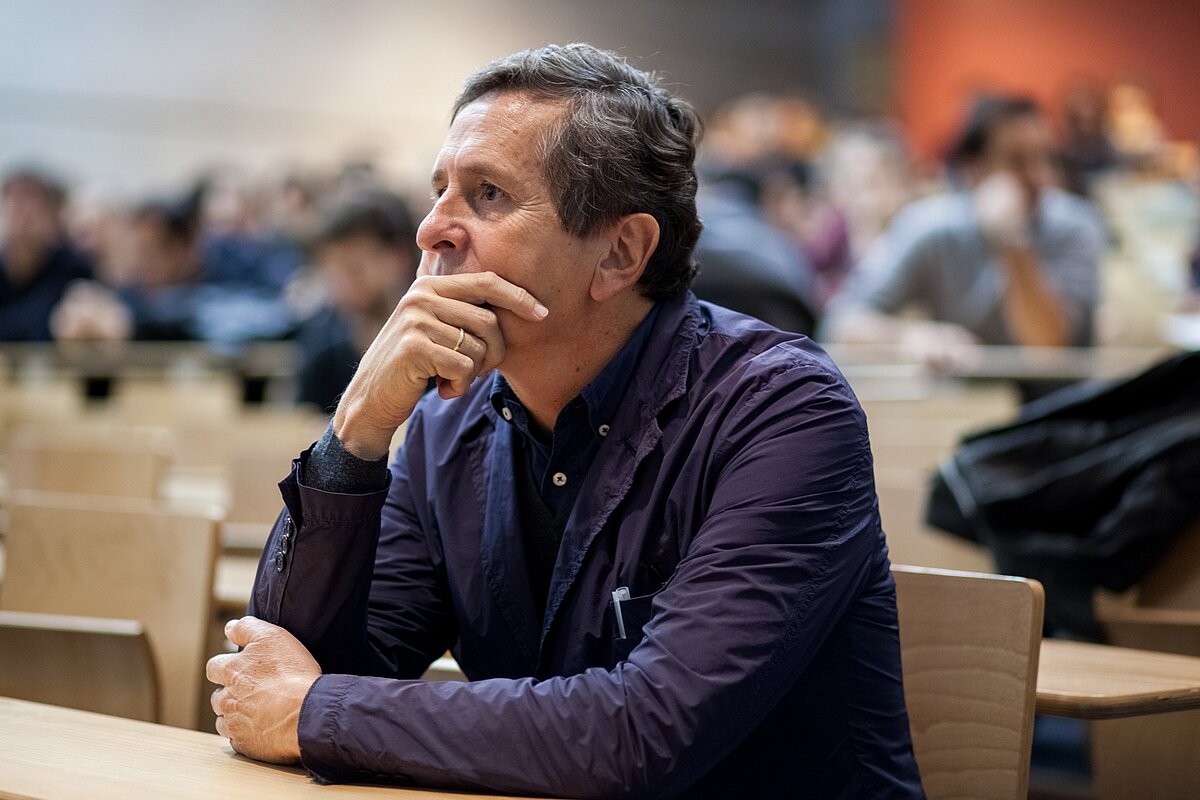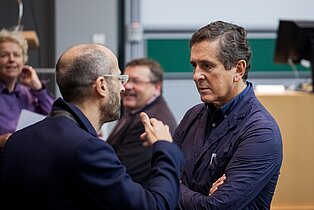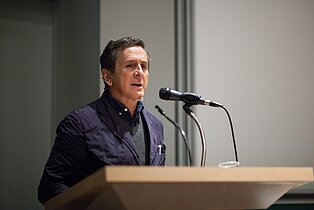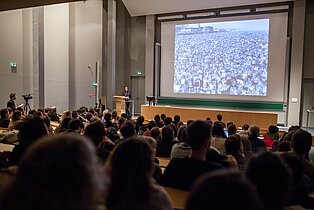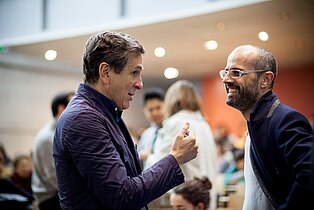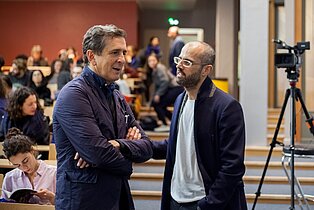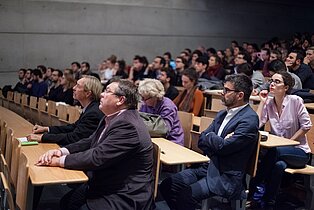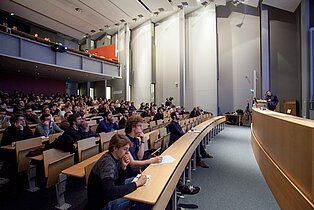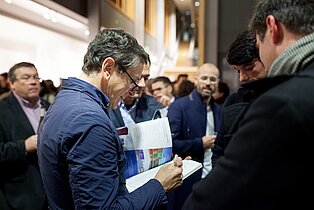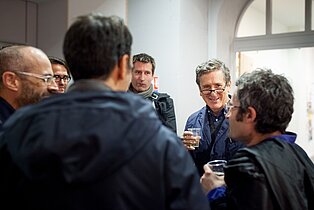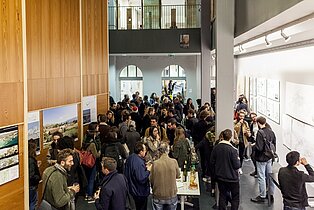Emilio Tuñón | Emilio Tuñon Arquitectos | Madrid
Emilio Tuñón: The Art of Vanishing
Emilio Tuñón founded the agency Mansilla + Tuñón with Luis Mansilla in 1992. Together they built several public institutions (museums, lecture halls, record offices, and swimming pools) in different medium-sized Spanish cities (Zamora, Cáceres, León, Lalín) and quickly garnered a distinguished reputation on the international scene. Each of their products elegantly demonstrates how historic city centres can be won back with contemporary architecture that is radical but also respectful of its location. They commit to a decidedly contextual type of architecture and like to talk about how their buildings are integrated into a place with the same sensitivity as a hermit crab that settles down in an old shell.
Their prestige continues to grow as years go by and the agency wins competitions and gets jobs in China, the United Arab Emirates and Afghanistan. These new areas of activity, with their untamed urban and economic development, require different tools than the ones that are usually used to understand Europe’s historic cities. In Kabul, Dubai and Nanjing, traditional social-urban structures were destroyed within a few decades. The souls of the old cities and their histories have withdrawn to make room for the spry and soulless temples of globalisation. That makes it difficult for European architects, who feel committed to the genius loci, to find reference points for their creative activities. How did Tuñón manage to work outside of his usual area of activity? Which approach did he choose and which strategy did he select?
While different theoretical points of view, such as postmodernism or critical regionalism, take the position that the problems of projects “without identity” could be solved by reinterpreting the characteristic elements of the regional culture (ornaments, materials, design principles, spatial arrangements, atmosphere, etc.), Tuñón confronts the concept of a project that is adapted to the local context. He prefers to stay true to the Tradition of Classic Modernism of his teacher Rafael Moneo. He neither succumbs to the recitals of conceptual diagrammatic nor to enviro-tech architecture – both of which are popular trends of the globalised architecture production. His “strict” approach, as he refers to it, uses means and concepts that are innate parts of architecture itself. The fundamental elements of architecture (floors, supports, walls, openings) are an expression and the basis of his pure style, which plays with fundamental spatial contrasts (diversity-sameness, repetition-variety, consistency-expressiveness), is reminiscent of Aldo van Eyck 30 years ago.
One could think that the systematic strictness of the architect and his constant references to classic modernism would lead to uniform or monotonous buildings. But that is not the case at all. Each of his projects is unique and completely blends in with its location. The successful urbanistic integration of the Spanish projects is based on the subtle relationship between their scope, materials and the visual connections between the new building and its surroundings. The harmony between the projects abroad and the existing buildings, however, is not based on clever construction but rather on the typological analogy to the existing urbanistic context. Two angled skyscrapers in Dubai or the villa in Nanjing, which – with its skin and skeleton separated – seems to float above the lawn, are two examples of interpretations of Mies’ archetypes that are perfectly integrated into their respective surroundings – whether urban or rural. In Kabul, Tuñón introduces a modular and superordinate ground plan that is reminiscent of Dutch structuralism but also features echoes of Islamic spatial arrangements and the neighbourhood bazars.
Tuñón’s typical approach is the expression of his aim to integrate himself into the urbanistic context. It speaks of an urbanistic understanding that views architecture in a city as a collective product that belongs to the whole of society.
Since it places a greater importance on the respect for the existing fabric than individual architectural gestures, the office neither has its own “style” nor a “method”. It still achieves a great stringency with regard to its expression and approach. In fact, Tuñón’s declared goal is that their architecture disappears: “The perfect scenario for us would be if our buildings would not be perceived at all and people would instead look at the objects surrounding them – as if our buildings provided a frame for them. Therefore, one wouldn’t see our buildings but instead see something else because of our buildings. […] It would be great if we managed to create architecture that allows the space surrounding a building to be perceived and that allows the interior to turn its attention to other rooms”. In this context, architecture is not so much viewed as an object, but more like a place that always turns “elsewhere” into “here”.
Video-Interview with Emilion Tunon
Visit our YouTube-Channel


